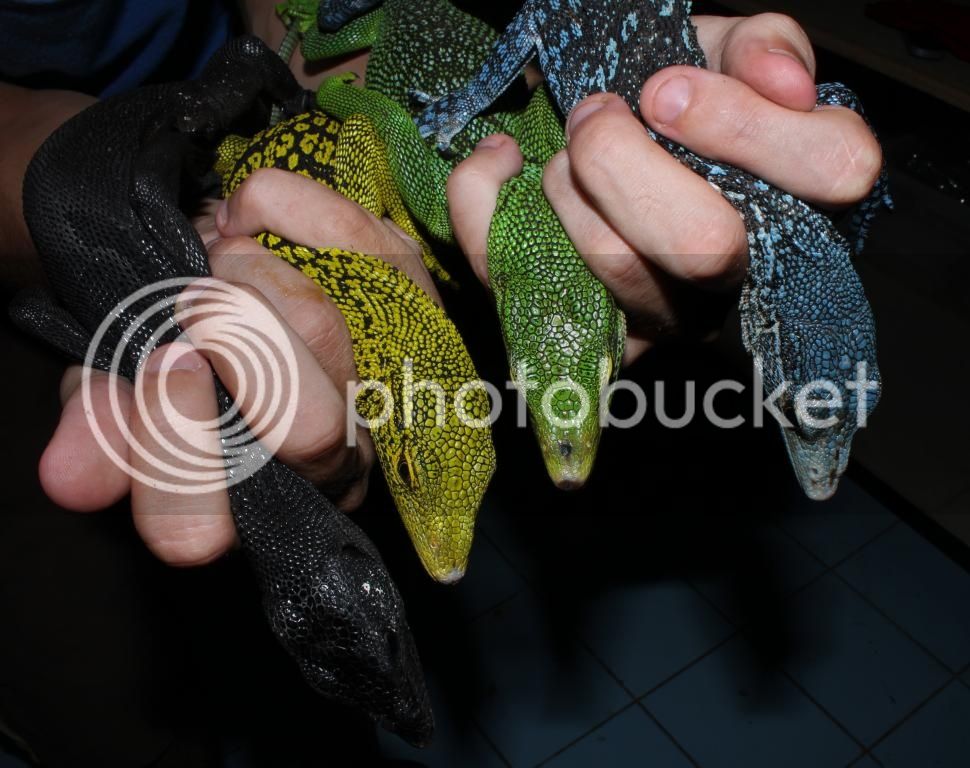Dude--trust me, this is difficult species...
Dude--trust me, this is difficult species...
Man o man... Reading you guys lets me know that the world is still a very big place. I am taking care of a rescue Madagascar day gecko right now (bratty but cute). Here in the States, we can get all the Veiled chameleons, leopard geckos, crested geckos, baby boas and horned frogs we want--as well as "Green tree frogs" (WHITE'S tree frogs here) and bearded dragons--at big box pet stores. In the U.S. there is a mix of laws: CITES, the federal endangered species act, state laws, and local health ordinances. For example, I have some CITES bromeliads--fine as long as I don't leave the country. Only an institution could keep a federally recognized endangered species (e.g., the tuatara). Many states do not allow members of an endangered species or its genus; for example, in New York state, one could not keep cb
Terrapene (American box turtles), even though they may not be endangered in another state (ease of enforcement?). Finally, there a local health ordinances. In many American cities, one cannot keep
any boid, varanid, tegu, iguana or crocodilian (as well as any venomous reptiles, big cats, primates, livestock or raptors).
As for availability, there is good ol supply and demand: In the U.S., beardies can start at $60-80 USD, a blue tongue skink (we never say blue tongue lizard), $100-150, an ackie (we never say goanna, either), $250-350. Your "green" tree frogs--even the blue phase--are a pet store staple, going for $20-30. New Guinea frilled dragons (we call virtually all your agamines "dragons") are $100-150, way cheaper than Aussie frillies.
But a shingleback skink? a woma? These can go well over a grand ($1000 USD) (Other small monitors, e.g., Blue tail, Pilbara, Storrs, can go $400-600; same with many
Egernia species, except the land mullet).
The reason we have Australian water dragons (we often say "Chinese" and "Australian" WD, rather than green or brown), is because of a man named Bert Langerwerf. A Dutch born herpetologist, he bred over 17, 000 of them in Alabama (see avatar).
Now, what I'd give for a
Gonocephalus--or
Hypsilurus--or a shingleback--or 1.1
Litoria chloris... (Okay, so I wouldn't give that much--I just want them... )
Or a she-oak skink...
I guess it's time to save up for a pink tongue and not tell sis...

